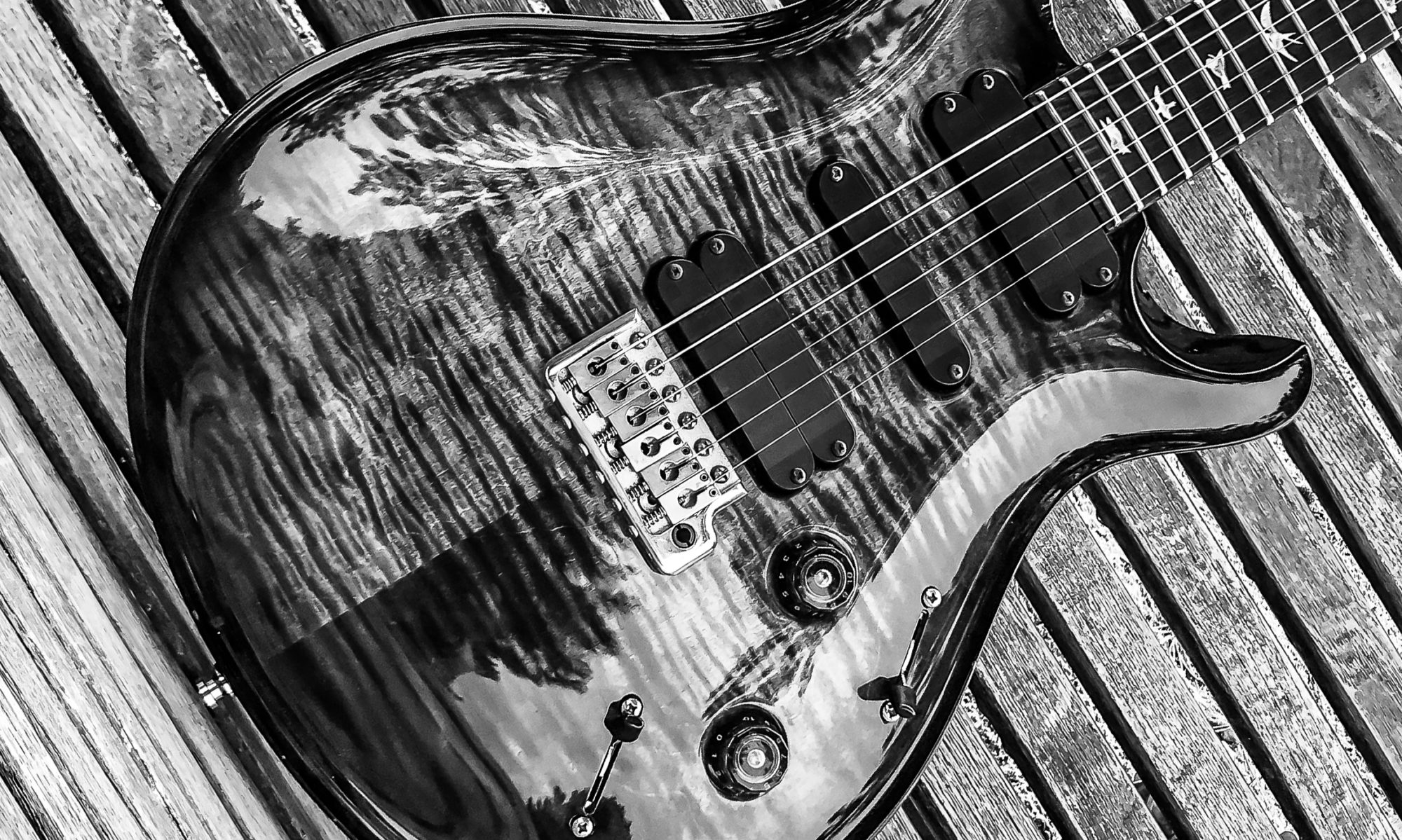If I’ve been returning to an idea for a song and been able to see some potential, and still like the overall feel of the tune, I start to think more seriously about the arranging the music.
Arranging the music
At this point I normally have all the fundamental parts of the song; verse, bridge and chorus … So, it’s time to consider the overall flow of the track – how it builds up and develops.
Normally I’ll feel like “I’m almost there” when I’m in this phase. I might add some extra keyboards to get an idea of how it will sound. Maybe I have some ideas for specific melody lines or chord voicings, and often these newly added parts will come up with some kind of solution if I still feel something needs to fixed or adjusted. Sometimes I try out different rhythm guitar parts, or try to find some percussion sounds or loops that add a certain flavor to the track.
Maybe the new parts will force me to record new lead guitar parts, but I often prefer not to do that and save my energy till I have a more finished track to play to. It leaves the song more open to me as a guitar player. Later on, when I have to record the final guitar parts, and I haven’t played or recorded it many times (meaning I’m not used to playing it a certain way), it’s more a process of learning it and figuring out how I want to play it well. I can experiment more with phrasing and stuff like that when I start recording for real. I prefer that, and I think it adds more energy to the final track as it adds a certain freshness to my approach and playing.
This also means that, when I’m working on the arrangement of the song, I often end up cutting and pasting the old demo guitar files I recorded in the very beginning, repeating a short section of a theme in the main tag-line over and over again, and the same bridge part over and over, and so on … it isn’t important to me.

Often this has led to a well arranged demo, complete with a defined bass line and some programmed drum parts showing the dynamics of the song – suggesting a certain feel and style, and some more or less static and somewhat boring guitar parts. But the demo is done, so I can decide if the overall format and arrangement of the song is right. The programmed parts are also meant to serve as an inspiration to the person who is going to play the parts for real. They are definitely not how I want the end product to sound… If that was my intention, I would spend much more time on programming and recording each part. I do that for certain styles or projects, but not for the purpose I’m discussing here: My own albums, where everything is played live in the studio by real musicians.
Even though I know why everything sounds like it does when I’ve completed such a demo, I’m often kind of embarrassed when I have to play the demo’s for friends, or the musicians who are going to lay down the master tracks. Through the years it has slowly become easier for me to let other people hear my lousily played demo’s, since I know I’m not the only person in the world making demo’s that sound like … Well … Demo’s. But either way I’m still a little shy and uncomfortable, when I hit the play button.
All the very best
Soren

